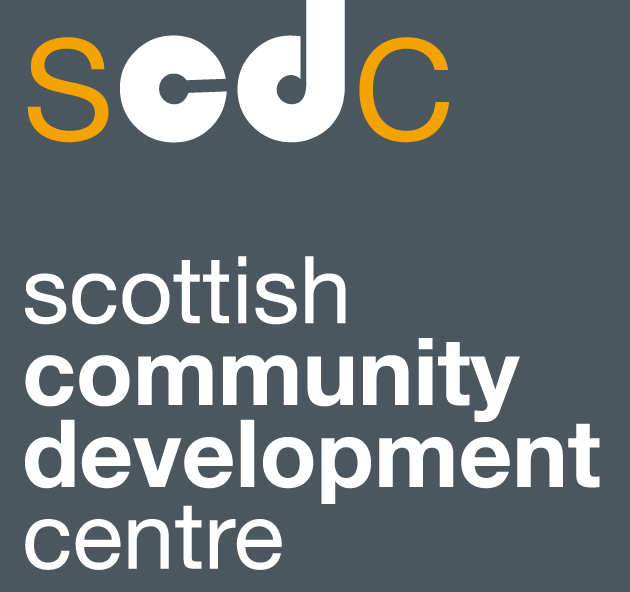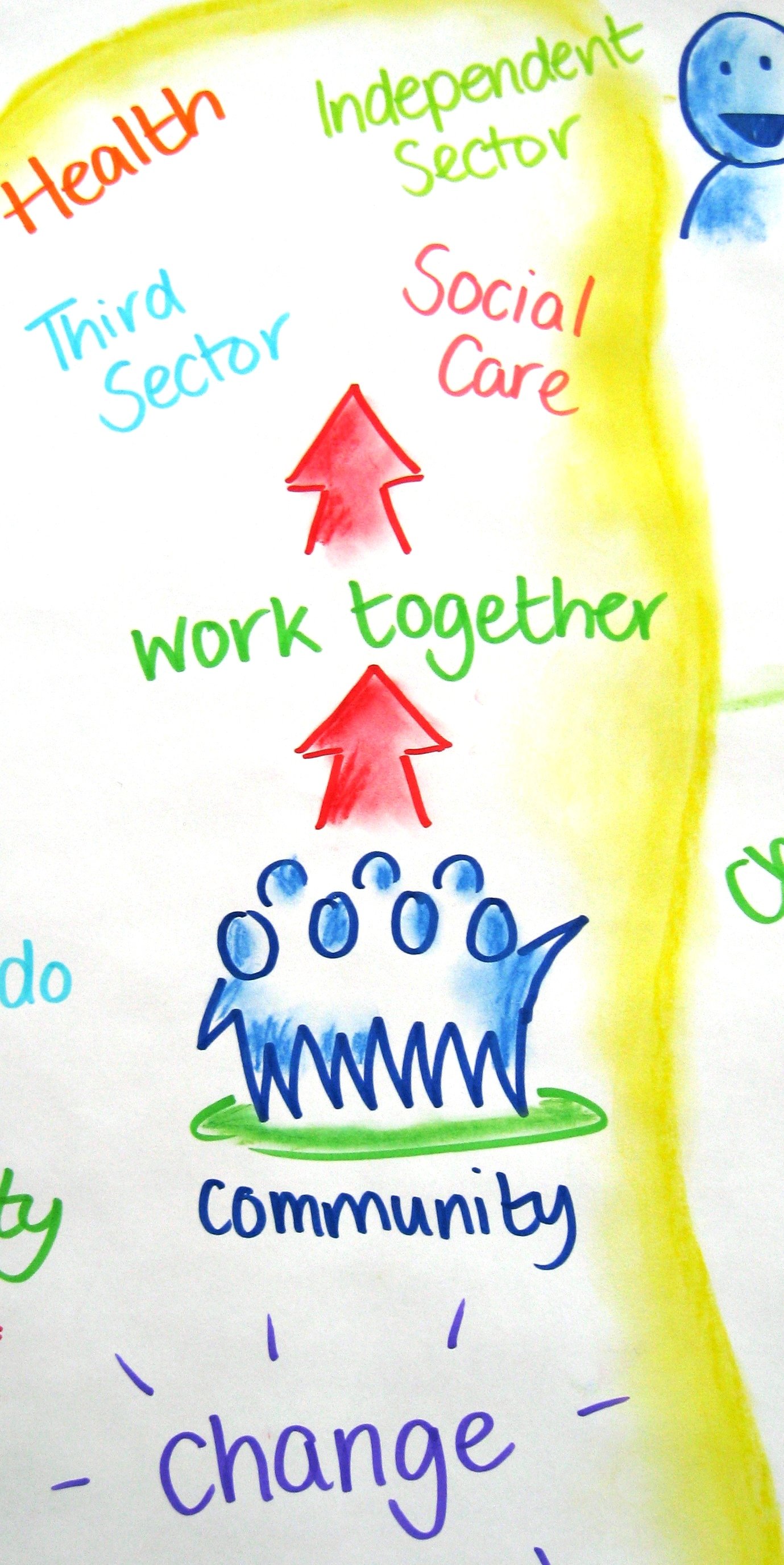Who should be involved?
/Planning an outcome improvement process
Successful participation requests lead to a community group being involved in an outcome improvement process with the public service authority that the participation request was made to. But others may be involved as well. This quick guide introduces you to who might be good to involve in an outcome improvement process and why.
Who from the community group?
When thinking about who will be involved from the community group, it may help to think about the following:
The skills and knowledge that different people have
The time people can commit
Who can represent the views of others in the group?
How many people from the group will be involved?
Will the same people be involved throughout?
Who from the public service authority?
To improve an outcome, you will want to involve the right people from the right department. Some things to think about are:
Who has the right skills and knowledge about improving the outcome?
Who has the authority to make decisions and make sure actions are carried out?
Who will be able to commit time to the process?
Who will be able to be an ongoing point of contact for the community group?
Who else might be involved?
Examples of who you might want to include are:
other local community organisations
other public sector organisations
private sector organisations
Why involve others?
Here are two key reasons why you might want to involve others in your outcome improvement process.
They are likely to be affected in some way by the process. Another way of putting this is that they have a ‘stake’ in it.
They have skills, knowledge or experience that can help you
Who decides who else to involve?
When a participation request is agreed to, the public service authority should provide the community group with a decision notice describing the outcome improvement process and how they will be involved.
If the outcome improvement process is a pre-existing process, there may already be other individuals and organisations involved. If it is a new process the public service authority may say who they would like to involve.
Ideally, the public service authority should discuss with the community group who else to involve in the process. This is the approach we set out in the working agreement template included in the resource pack.
The Working Agreement Template and accompanying guidance can be found here.
Argyll and Bute Council’s Community Action Planning Toolkit has a guide to stakeholder analysis, a method of identifying who, how and why different individuals, groups and organisations should be involved in a piece of work.
The Knowledge is Power website contains a stakeholder influence grid that can help identify different stakeholders that might have an interest in community research. It should also be a useful tool in planning an outcome improvement process.


